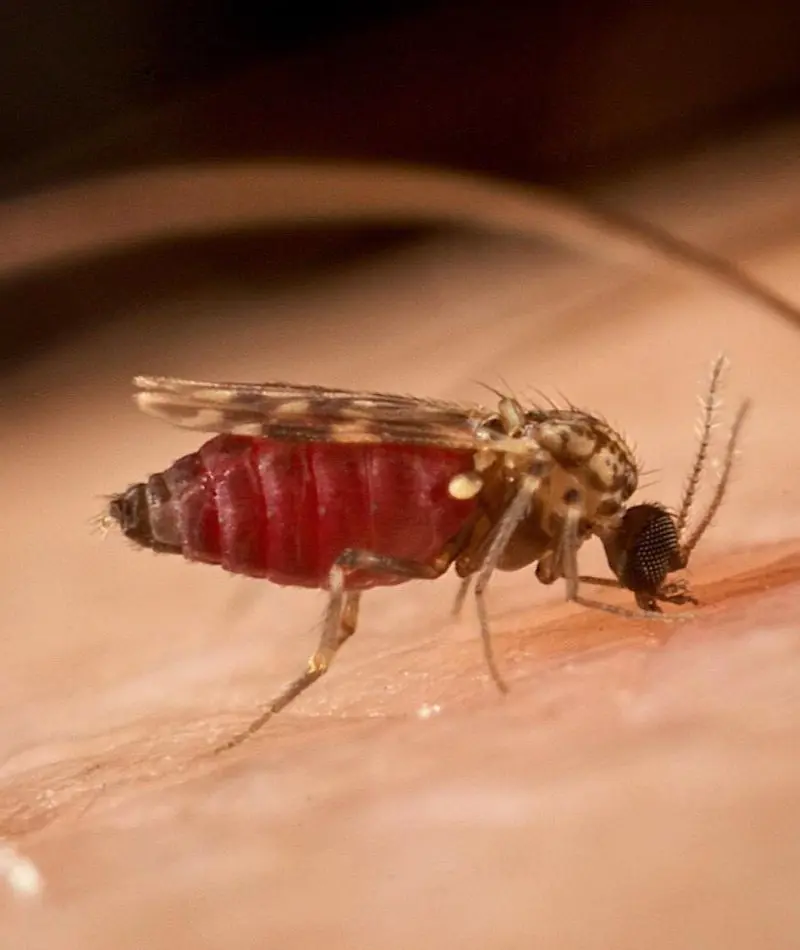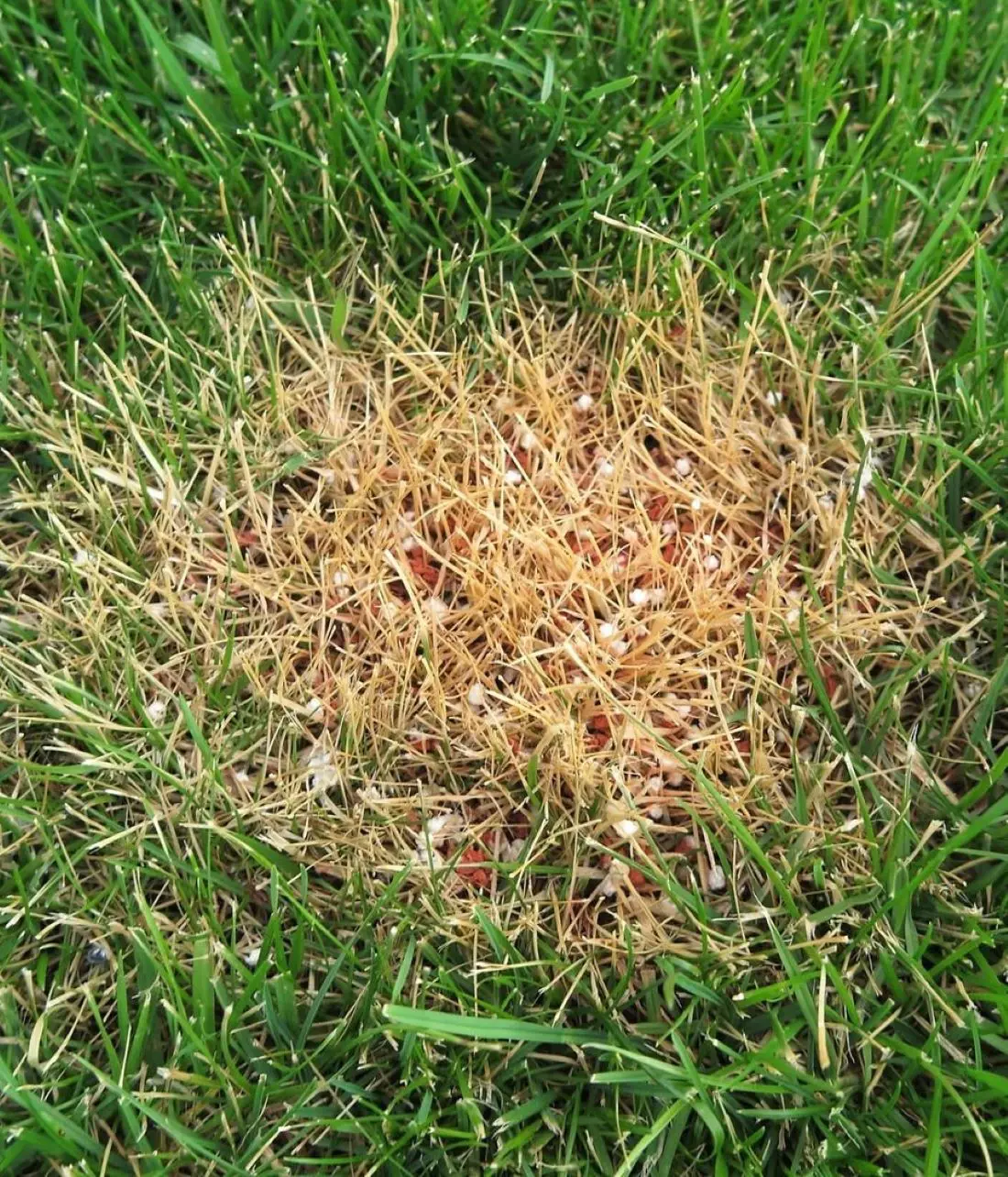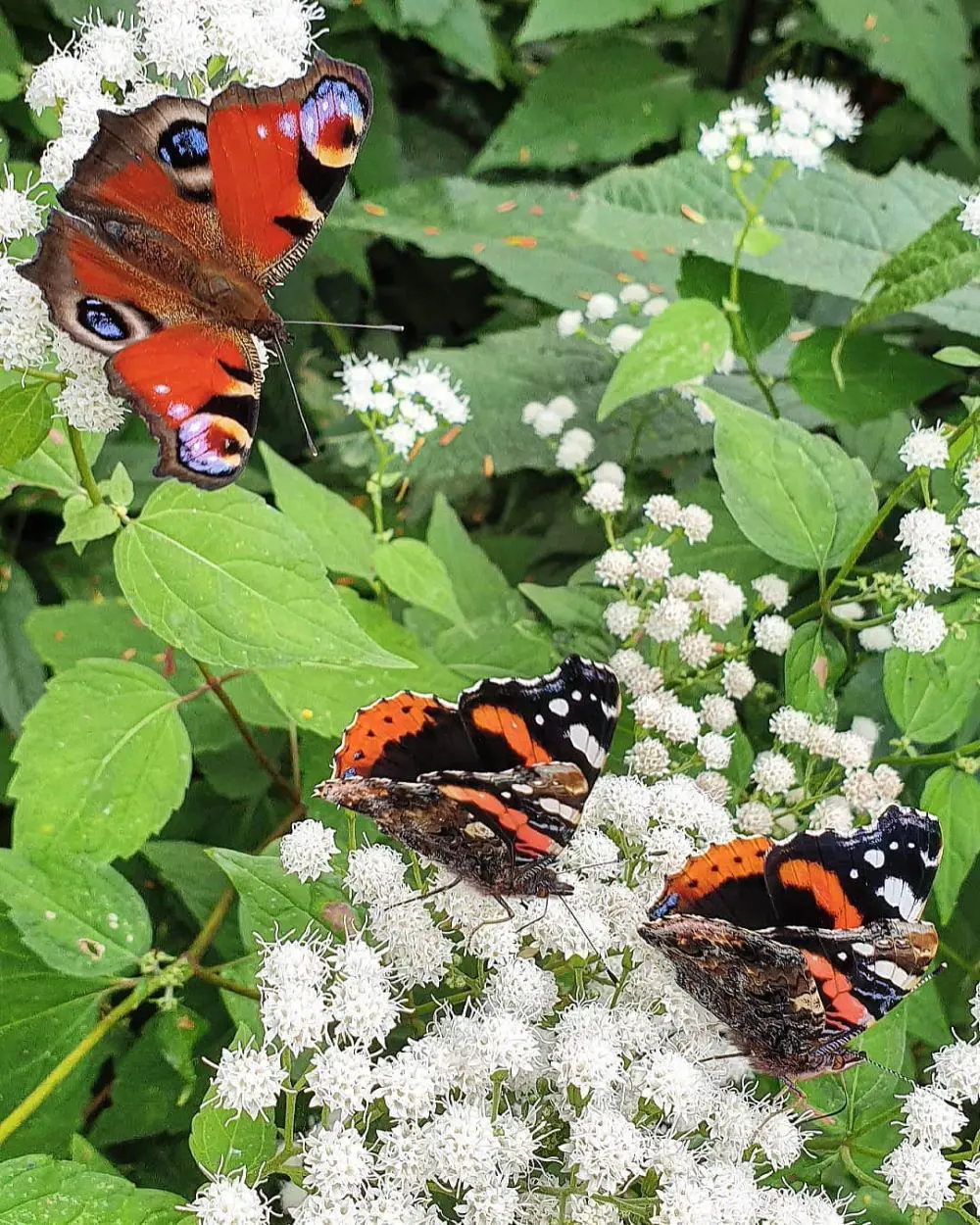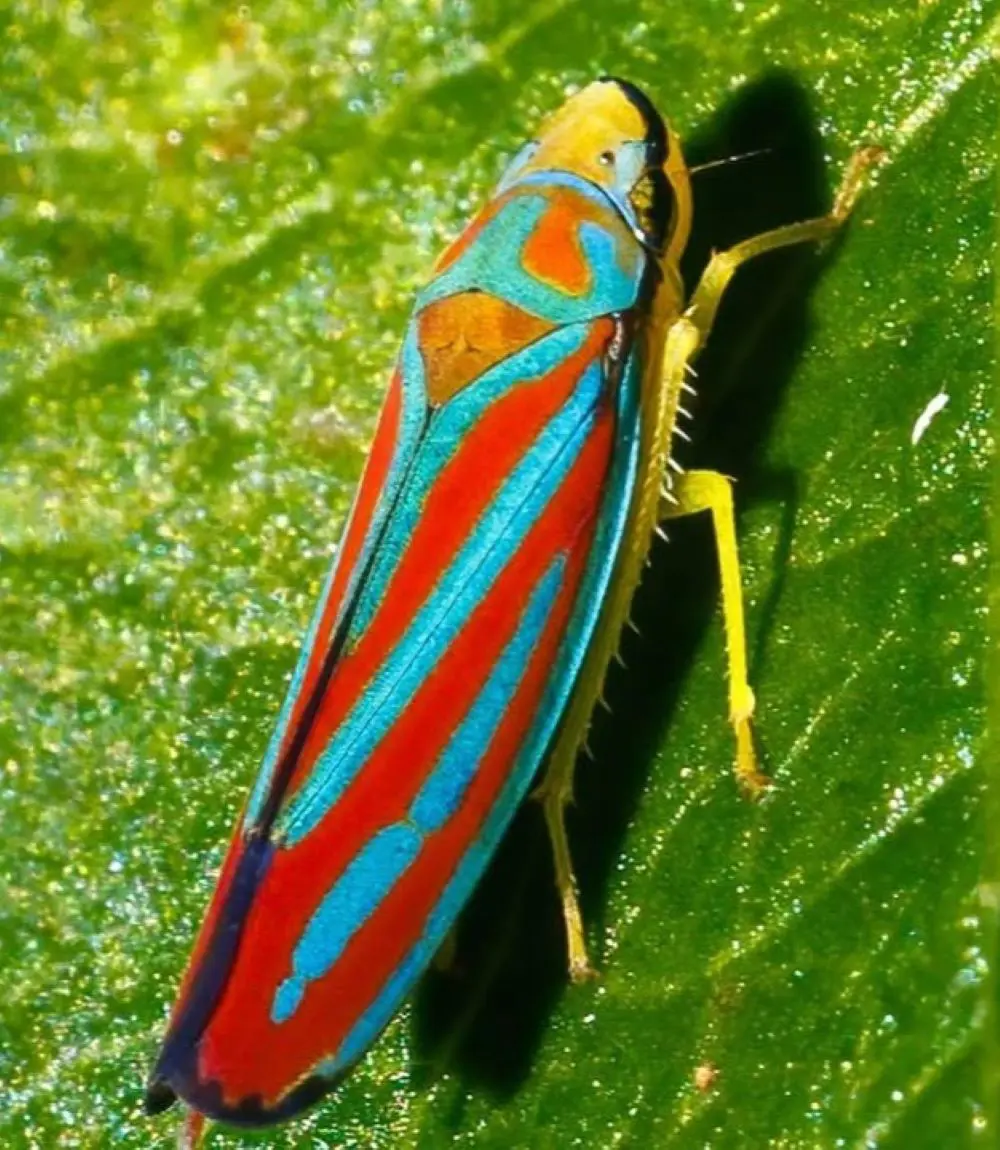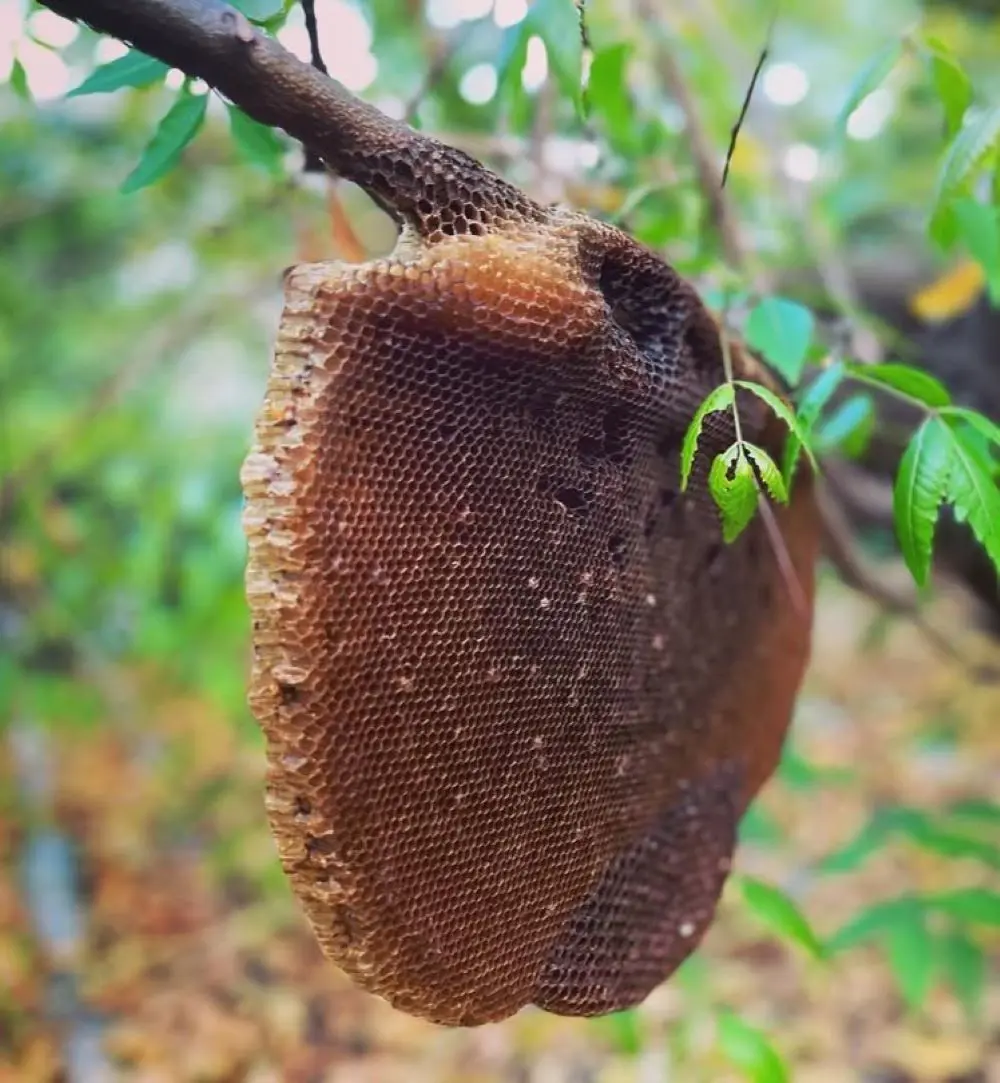Identifying a no-see-um bite can be tricky due to its small size, but there are a few key characteristics to look for:
Size and Appearance
No-see-um bites are small and can be challenging to spot due to their size. They often appear as tiny, red, and raised bumps on the skin. The bite size is usually just a few millimeters across, reminiscent of a pinprick or a small welt.
These bites might be slightly swollen and sometimes appear in clusters, especially if multiple no-see-ums have bitten the same area. The redness and raised nature of the bite are due to the body's inflammatory response to the saliva injected by the insect.
Itching and Swelling
The itching and swelling from no-see-um bites result from your body's immune response to the insect's saliva. When a no-see-um bites, it injects saliva that triggers an allergic reaction in your skin.
This response causes the surrounding tissues to become inflamed and swollen. This combination of itching and swelling can be quite uncomfortable and may last for several hours or days, depending on your sensitivity and the severity of the bite.
Location
No-see-um bites are commonly found on areas of the body that are exposed and have thinner skin. These insects often bite the arms, legs, and neck, as these areas are frequently exposed when you are outdoors. The bites are less likely to be found on covered areas of the body, such as those protected by clothing.
Additionally, because no-see-ums are small and can easily penetrate thin fabrics, bites can occur even through lightweight clothing. The clustering of bites in these areas is due to the no-see-ums’ tendency to bite multiple times.
Multiple Bites
No-see-um bites often appear in clusters rather than as isolated bites. This happens because these tiny insects can bite multiple times in quick succession in the same area of skin. When no-see-ums feed, they stay in one spot and can deliver several bites before moving on.
As a result, you might notice a group of small, red, itchy bumps close together rather than just one or two individual bites. This clustering can make the bites seem more severe and noticeable.
